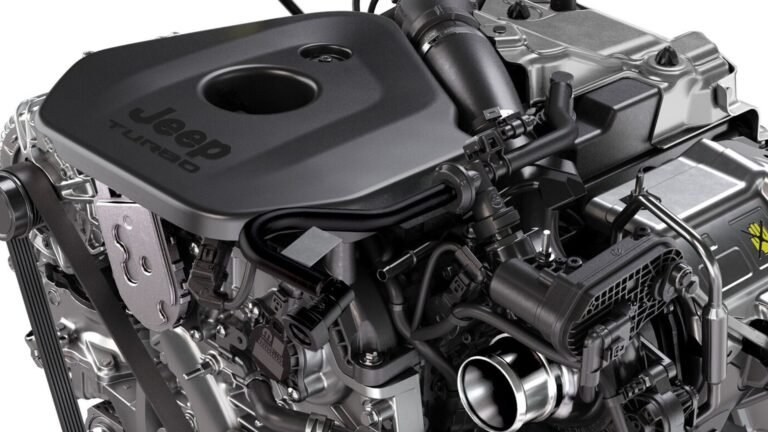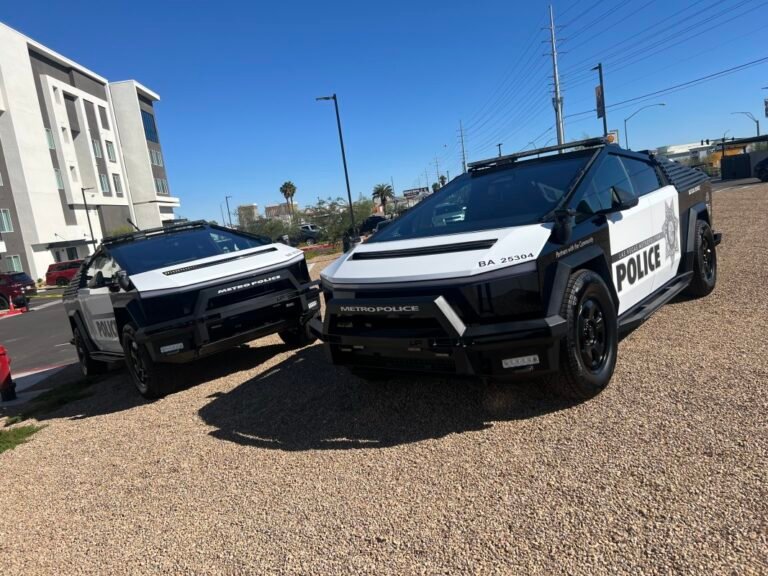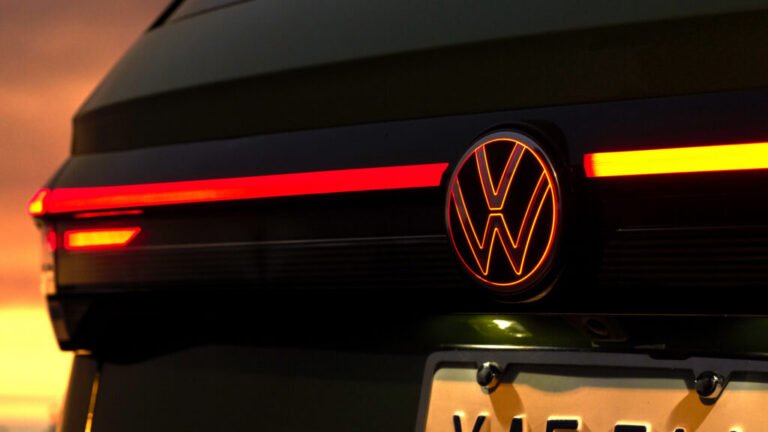The fast answer
New-car ownership got cheaper this year. The measure for this is TCO, or Total Cost of Ownershp. AAA’s 2025 Your Driving Costs pegs the average at $11,577 per year, down $719 from 2024. What you should buy in 2025—hybrid vs EV cost 2025—still comes down to miles, your ZIP’s energy prices, and insurance. Short city hops with cheap home power favor EVs. Mixed driving or pricey electricity tilts to hybrids. Low-miles rural use often favors a thrifty gas car.
Your ZIP Code Changes Everything
Your electricity rate and the pump price dictate most of your running costs. Residential power averages in the mid-teens cents per kWh nationally, but states bounce several cents either way. Gasoline has sat near the low $3s per gallon lately and moves with regional supply. If you charge at home in the 12–15¢/kWh range and drive mostly city miles, an EV’s energy cost per mile undercuts nearly anything. If your power sits north of 20–22¢/kWh and you do more highway, a modern hybrid wins on energy alone.
Why EVs Cost 49% More to Insure
Premiums change the math fast. Multiple datasets this year show EV insurance averaging about 49% higher than gas on a like-for-like basis because of repair costs and parts pipelines. That spread isn’t universal—model, state, and carrier matter—but it’s real enough that you should get quotes on your short list before you decide. Run those numbers across five years so you don’t crown a winner based on energy costs alone.
How Many Miles You Drive Changes the Winner

Under 8,000 miles a year in rural areas with sparse public charging, a 40-mpg gas compact often lands the lowest five-year TCO thanks to lower insurance and slower depreciation. Between 8,000 and 15,000 miles with a 50/50 city-highway mix, a hybrid usually noses ahead, especially where electricity is above average. If you rack up city-heavy 10,000–15,000 miles and can charge at ≤15¢/kWh at home or work, the EV often takes the crown, even if insurance runs higher. At 15,000+ miles, the winner swings on your ZIP’s kWh price and your insurer’s EV delta.

Aour 3-Step Decision Framework
Start with your ZIP’s kWh and latest gas average. Price insurance for one EV and one hybrid trim you’d actually buy. Then apply a five-year view using the AAA method so depreciation, finance, maintenance, and energy all show up in the total. Keep it simple: cheap power and city miles → EV; higher power rates or highway miles → hybrid; low miles with easy gas access → efficient ICE.
My Verdict
If you want the cheapest 5-year TCO, don’t shop the badge; shop your ZIP code. For short urban commutes with cheap electricity, pick the EV. For mixed or highway-heavy driving or pricey power, pick the hybrid. For low-miles rural life, a fuel-sipping gas car still makes brutal financial sense. Recheck energy prices and premiums each renewal, because those two levers move the score more than anything else.


